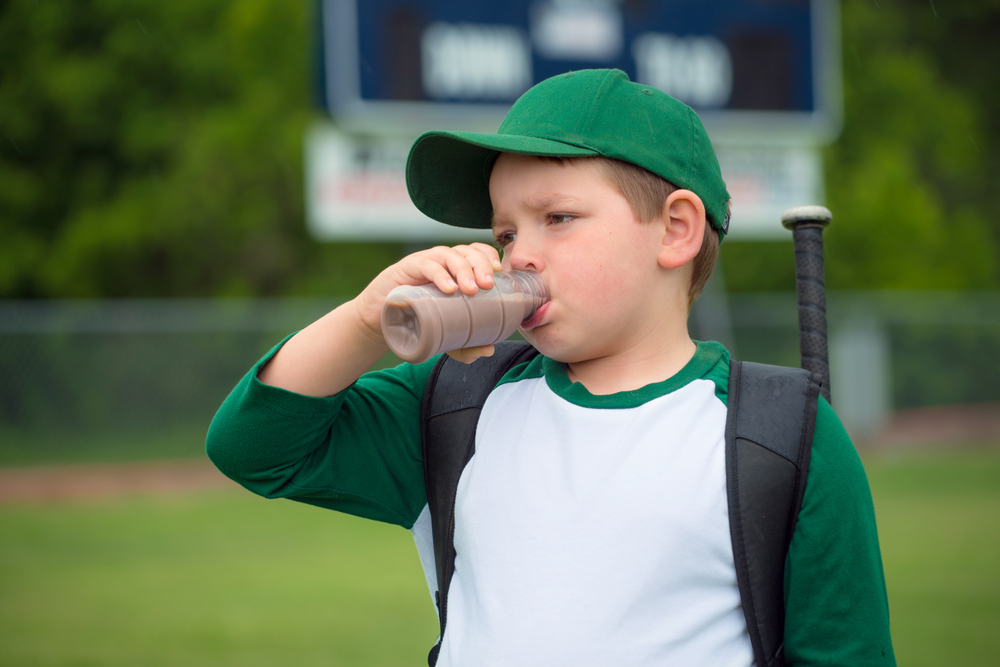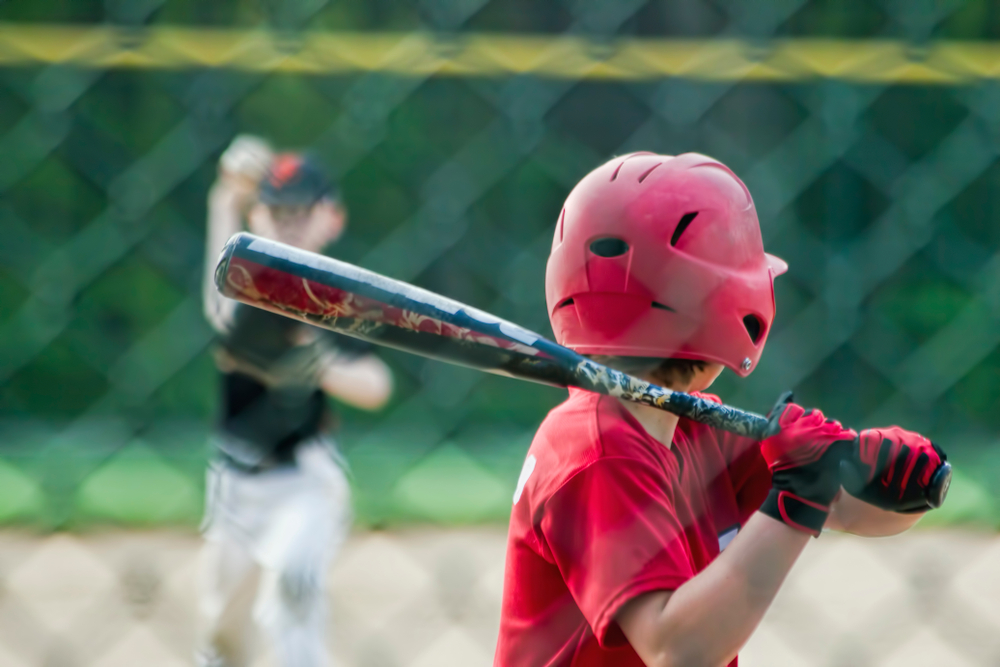Coaches play a pivotal role in shaping the future of young baseball players.
No matter which age group you coach, instilling fundamental skills is essential. Among these skills, developing quick and agile hands is crucial for any baseball player.
In our blog, Ballparks of America shares a series of at-home drills youth coaches can use to enhance their players’ hand-eye coordination, reflexes, and overall dexterity.
Why Are Quick Hands Important in Baseball?
Quick hands are a fundamental aspect of playing baseball. They encompass a player’s ability to react swiftly, make precise catches, and make accurate throws.
Here’s why quick hands are essential in the game:
Fielding: Infielders need quick hands to snatch sharply hit grounders and line drives. Outfielders rely on quick hands to make diving or running catches.
Related Post: 4 Essential Infield Defense Drills to Keep Your Baseball Team Engaged
Catching: Catchers and outfielders must have fast hands to react to pitches or fly balls. Quick hands ensure a strong, accurate throw to the appropriate base.
Batting: Hitters need quick hands to get the barrel of the bat on fast pitches and make solid contact.
Pitching: Pitchers use their hands to control the ball’s release, making curveballs, sliders, and changeups effective.
Now, let’s delve into at-home drills that can significantly enhance a young player’s hand-eye coordination and quick hands.
Drill 1: Wall Ball
Objective: Wall Ball is an excellent drill for improving a player’s reaction time and hand-eye coordination. This can be done in a small area at home or in the backyard.
Instructions
What you need: A rubber ball (a tennis ball or racquetball works well), a wall, and some open space.
- Set up: Stand about 5-10 feet away from the wall, depending on the player’s skill level.
- Throw and catch: Start by throwing the ball against the wall and catching it on the rebound. Mix things up by varying the height and speed of your throws.
- Reaction time: To enhance reaction time, randomly call out “High!” or “Low!” before each throw, and the player must adjust their hands accordingly.
- One-handed practice: For an added challenge, have players practice catching with one hand. This will significantly improve their hand strength and dexterity.
- Backhand practice: Encourage players to practice catching the ball with their backhand, simulating difficult plays on the field.
Drill 2: Tennis Ball Toss
Objective: This drill is designed to improve hand-eye coordination and reaction time while simulating real game situations.
Instructions
What you need: A tennis ball, a partner, and an open space.
- Set up: Stand about 10-15 feet apart from your partner.
- Toss and catch: One player gently tosses the tennis ball to the other. The goal is to catch it with their bare hands.
- Adjust throws: Gradually increase the speed and accuracy of the throws as the players become more comfortable.
- Add variation: You can call out “High,” “Low,” “Right,” or “Left” before each toss, and the receiving player must adjust accordingly.
- Increase distance: For an added challenge, increase the distance between players or introduce irregular bounces to the tennis ball to simulate different game scenarios.
Drill 3: Target Practice
Objective: Improve accuracy and precision in catching and throwing by targeting specific areas.
Instructions:
What you need: A set of small, soft objects (like bean bags or foam balls) and a target (a hoop, bucket, or drawn circle on the ground).
- Set-up: Place the target a moderate distance away from the player (adjust based on the player’s skill level).
- Throw and catch: The player tosses the small objects at the target, practicing accuracy in their throws. This will also work on the catching skills of the receiving player.
- Target variation: You can designate different areas of the target for specific throws. For example, the top right corner of the target might represent a high throw, while the bottom left corner represents a low throw.
- Competitive element: Turn it into a friendly competition. See who can hit the target with the most accurate throws.
Drill 4: Toss to a Spot
Objective: Develop the player’s ability to make precise throws to a specific location.
Instructions
What You Need: A glove, a partner, and an open space.
- Set-up: Stand about 15-20 feet apart from your partner.
- Spot selection: Choose a specific spot on your partner’s body, such as their glove hand, left shoulder, or right foot.
- Toss the ball: The player must aim to toss the ball directly to the chosen spot on their partner’s body.
- Change spots: Rotate the target spot regularly. This exercise helps develop accuracy and consistency in making throws.
- Mix and match: To make it more challenging, call out different target spots on the receiving player before each throw.
Drill 5: Juggling
Objective: Juggling helps players enhance their hand-eye coordination, reflexes, and concentration.
Instructions
What you need: Three softballs or tennis balls.
- Start slow: Begin by juggling with one ball, tossing it from hand to hand. Practice until the player is comfortable with this step.
- Add a second ball: Once the player can comfortably juggle one ball, add a second. Practice juggling two balls until the player can manage the rhythm.
- Introduce the third ball: Finally, introduce the third ball and work on juggling all three. This step requires a higher level of hand-eye coordination and concentration.
- Progress: As players become proficient at juggling three balls, you can increase the complexity by juggling different patterns or increasing the juggling speed.
Drill 6: Reaction Ball
Objective: The Reaction Ball is an incredible tool for enhancing hand-eye coordination, reflexes, and reaction time.
Instructions
What you need: A reaction ball, which has an irregular shape, causing it to bounce unpredictably.
- Solo or partner drill: Players can use a reaction ball on their own, bouncing it off a wall or with a partner.
- Throw and catch: One player tosses the reaction ball against a wall, and the other player catches it on the rebound.
- Irregular bounces: The reaction ball’s unpredictable bounces make catching it challenging. Players must react quickly to its erratic movements.
- Progressive training: As players become more skilled, you can increase the difficulty by varying the distance from the wall, the angle of the bounce, or even using a smaller reaction ball.
Train and Play at Ballparks of America
Youth coaches play a significant role in developing youth players into well-rounded athletes. Improving hand-eye coordination and quick hands in young players is essential for their growth and success.
Training and instruction don’t need to end after practice. By leveraging at-home drills, players can continually improve.
We live and breathe baseball at Ballparks of America. Sign up for one of our tournaments today and take advantage of our outstanding facilities and dedicated staff. For questions, contact us at Ballparks of America or at (417) 464-6333.





